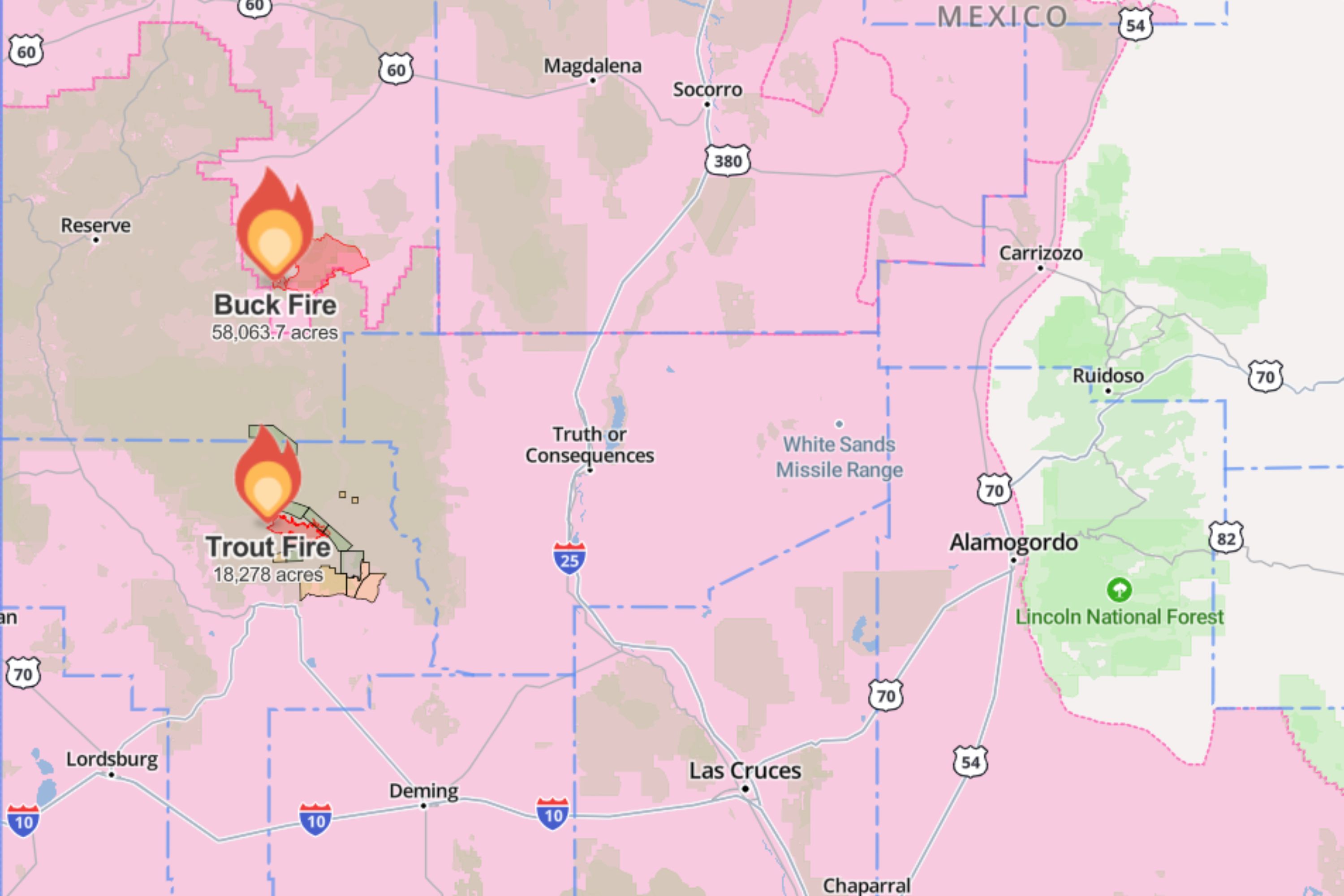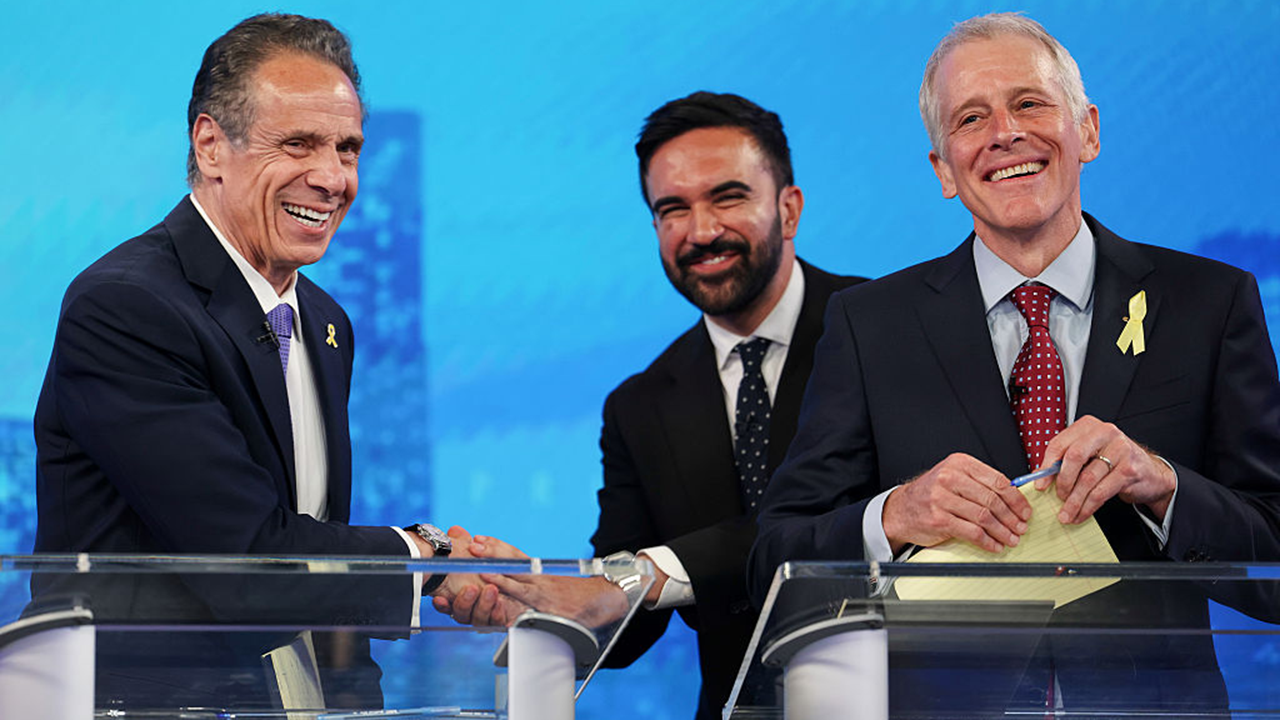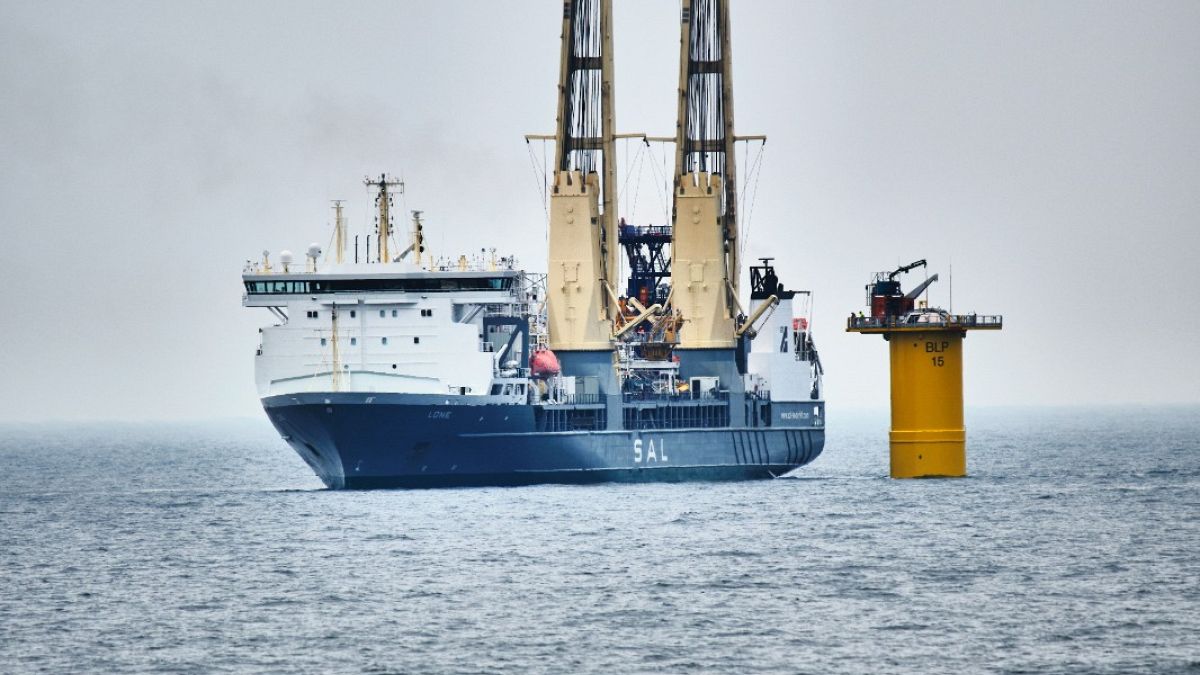Business
Apple must halt non-App Store sales commissions, judge says

Apple Inc. violated a court order requiring it to open up the App Store to third-party payment options and must stop charging commissions on purchases outside its software marketplace, a federal judge said in a blistering ruling that referred the company to prosecutors for a possible criminal probe.
U.S. District Judge Yvonne Gonzalez Rogers sided Wednesday with “Fortnite” maker Epic Games over its allegation that the iPhone maker failed to comply with an order she issued in 2021 after finding the company engaged in anticompetitive conduct in violation of California law.
Gonzalez Rogers also referred the case to federal prosecutors to investigate whether Apple committed criminal contempt of court for flouting her 2021 ruling. The U.S. attorney’s office in San Francisco declined to comment.
The changes the company must now make could put a sizable dent in the double-digit billions of dollars in revenue the App Store generates each year.
Apple is potentially facing another multibillion-dollar hit from losing payments Google makes to be the default search engine for its Safari browser, which is the subject of a Justice Department antitrust case against the Alphabet Inc. unit.
After several weeks of hearings last year and this year, Gonzalez Rogers concluded Wednesday that Apple “willfully” violated her injunction.
“It did so with the express intent to create new anticompetitive barriers which would, by design and in effect, maintain a valued revenue stream; a revenue stream previously found to be anticompetitive,” she wrote in her 80-page ruling. “That it thought this court would tolerate such insubordination was a gross miscalculation.”
Apple didn’t immediately respond to a request for comment.
Epic Games Chief Executive Officer Tim Sweeney called the ruling a “huge victory for developers,” saying in a phone call with journalists that it “forces Apple to compete with other payment services rather than blocking them.”
Following a trial in 2021, Gonzalez Rogers largely sided with Apple, saying that its App Store policies didn’t violate federal antitrust law. However, she required the company to let developers bypass its in-app payment tool to avoid a commission of up to 30%. The ruling was upheld by the U.S. Supreme Court last year when it declined to hear appeals in the case.
Apple allowed developers to point users to the web to complete transactions for in-app purchases, but required developers to pay the company a 27% cut of whatever revenue they generated.
In Wednesday’s ruling, the judge said Apple tried to cover up its noncompliance with her 2021 order.
“After two sets of evidentiary hearings, the truth emerged,” Gonzalez Rogers wrote. “Apple, despite knowing its obligations thereunder, thwarted the injunction’s goals, and continued its anticompetitive conduct solely to maintain its revenue stream.”
The judge said that Alex Roman, Apple’s vice president of finance, lied on the witness stand.
“He even went so far as to testify that Apple did not look at comparables to estimate the costs of alternative payment solutions that developers would need to procure to facilitate linked-out purchases,” Gonzalez Rogers wrote, saying Apple did consider exactly that.
Because the company and its lawyers did not correct Roman’s testimony, “Apple will be held to have adopted the lies and misrepresentations to this court,” the judge wrote.
Gonzalez Rogers also found that Apple abused its use of attorney-client confidentiality in seeking to shield information from Epic and must pay the company’s legal fees it spent fighting for documents.
Sisco writes for Bloomberg.

Business
L.A. County fire victims sue State Farm for negligence, claim they were 'grossly underinsured'
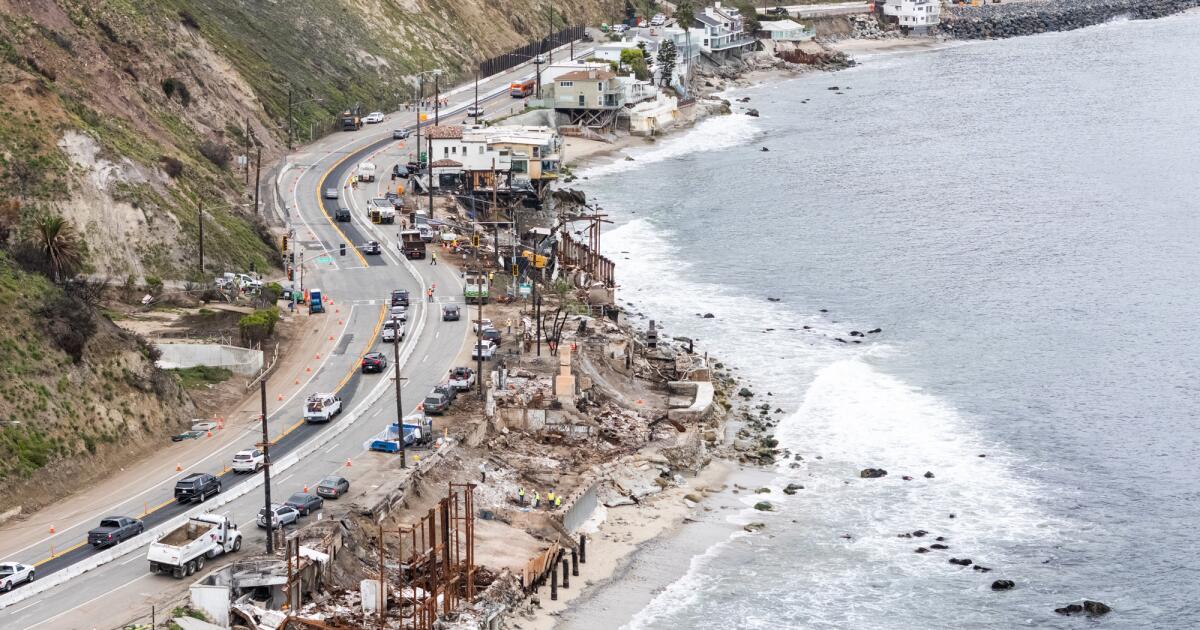
Six couples and one individual who lost their homes in the devastating Los Angeles County fires are suing State Farm, claiming that they were misled by the insurance company and that their homes were deliberately and “grossly underinsured.”
The lawsuit, filed in Los Angeles Coutny Superior Court on Monday, alleges that State Farm General — the California home insurer that is part of Bloomington, Ill.-based State Farm Group — took advantage of homeowners’ lack of knowledge about rebuilding costs and set projected replacement costs far lower than the actual costs, leaving fire victims without enough money to replace or rebuild their homes.
State Farm, California’s largest home insurer, has engaged in a “multi-faceted illegal scheme” that is designed to “reap enormous illicit profits by deceptively misleading over a million homeowners in California,” the complaint alleges.
The lawsuit alleges negligence, breach of contract and several other causes of action, and seeks compensatory and punitive damages and reform of State Farm’s policies.
Representatives for State Farm did not immediately respond to a request for comment.
This marks the second time L.A. County fire victims have sued insurers because they believe they were systematically underinsured. USAA and two insurers affiliated with AAA were sued in early June by policyholders with similar claims that they did not have enough money to rebuild.
Of the seven households that are a part of the lawsuit, four were from Altadena, two were from Pacific Palisades and one was from Sierra Madre. Each of the homeowners had policies with State Farm, and some were underinsured by more than $2 million when their homes were destroyed by the Palisades and Eaton fires.
In one instance outlined in the lawsuit, homeowners wrote to their State Farm agent before the January fires to confirm whether the dwelling limit of just over $1 million would sufficiently cover the cost of rebuilding their Altadena home. The agent confirmed the amount covered the total cost to rebuild. After their home burned down, the estimates the couple received to rebuild were in excess of $3 million, the lawsuit says.
The lawsuit comes days after state Insurance Commissioner Ricardo Lara announced his department is launching a formal inquiry into how State Farm General is handling thousands of claims filed by fire victims after receiving complaints.
As of June 12, State Farm said, it has received more than 12,800 claims related to the fires and has paid more than $4.03 billion to its California customers.
State Farm has also been named as a defendant in an April lawsuit filed by homeowners who accuse dozens of insurers of colluding over the last several years to force them into the California FAIR Plan, the insurer of last resort that offers limited but typically expensive coverage. The homeowners claim the insurers refused to write new policies in fire-prone areas and then profited from the higher premiums while reducing their liabilities with the FAIR Plan in the event of a catastrophe like the January fires.
The latest lawsuit against State Farm claims that the insurer’s alleged collusion with other carriers to push homeowners onto the FAIR Plan meant the only policies left for the company were ones that “carried deliberately suppressed coverage limits of sufficiently low magnitude,” posing a lesser exposure risk for State Farm.
The average homeowner, the complaint states, would have little reason to question the replacement costs estimated by State Farm because it writes more than a million California homeowners insurance policies each year by generating reconstruction cost estimates.
The policyholders in the suit, as well as several other affected homeowners, the lawsuit said, are unable to rebuild their homes without “relief from the legal system.”
Times staff writer Laurence Darmiento contributed to this report.
Business
William Langewiesche, the ‘Steve McQueen of Journalism,’ Dies at 70

William Langewiesche, a magazine writer and author who forged complex narratives with precision-tooled prose that shed fresh light on national security, the occupation of Iraq and, especially, aviation disasters — he was a professional pilot — died on Sunday in East Lyme, Conn. He was 70.
Cullen Murphy, his longtime editor at The Atlantic and Vanity Fair, confirmed the death, at the home of a friend, saying the cause was prostate cancer.
Mr. Langewiesche (pronounced long-gah-vee-shuh) was one of the most prominent long-form nonfiction writers of recent decades. He was an international correspondent for Vanity Fair, a writer-at-large for The New York Times Magazine and a national correspondent for The Atlantic.
For 10 years running, from 1999 to 2008, his pieces were finalists for the National Magazine Award, and he won it twice: in 2007 for “Rules of Engagement,” about the killing of 24 unarmed civilians by U.S. Marines in 2005 in Haditha, Iraq; and in 2002 for “The Crash of EgyptAir 990,” about a flight that went down in the Atlantic Ocean in 1999 with the loss of all 217 people aboard.
He chose to write often about calamitous events, piecing together a meticulous explanation for what went wrong while portraying the human subjects under his microscope with sympathy.
“At his best there’s a sort of cinematic omniscience in the way he writes,” Mr. Murphy said in an interview. “And so you feel almost as he feels, with your face pressed up against the window watching something unfold, often very rapidly, and often wishing that things would unfold very differently but knowing there’s nothing that can be done.”
Mr. Langewiesche’s account of the EgyptAir crash in 1999, which was profoundly enriched by his own aviation background, blamed a suicidal co-pilot. Egyptian officials refused to accept that conclusion, a response, he wrote, that was rooted in political and cultural chauvinism.
Mr. Langewiesche learned to fly as a boy and worked as a commercial pilot early on to support his literary ambition. He drew on his aviation expertise in a number of articles and books that laid out highly technical subjects in lucid prose.
Writing about Capt. Chesley B. Sullenberger III’s famous landing of a commercial airliner in the Hudson River in 2009, Mr. Langewiesche made the case that that injury-free belly flop was a testament more to modern airplane technology than to the heroism of the pilot.
Captain Sullenberger took issue with that account, telling The New York Times that Mr. Langewiesche’s book about the episode, “Fly by Wire,” contained “misstatements of fact.”
Reviewing “Fly by Wire” in The Times, the book critic Dwight Garner wrote, “Written quickly, it lacks some of the eloquence and steely control of Mr. Langewiesche’s earlier books.” Mr. Garner called Mr. Langewiesche “the Steve McQueen of American journalism,” referring to the author’s muscular prose style and often gripping subject matter.
In other projects — pursued thanks to editors who allowed him months for reporting and writing — Mr. Langewiesche wrote an account in The Atlantic in 2006 about how terrorists might obtain a nuclear bomb; another article, also in The Atlantic, in 2004, dissected the sinking of a ferry in the Baltic Sea a decade earlier.
His 2002 book, “American Ground: Unbuilding The World Trade Center,” based on a three-part series in The Atlantic, was reported over six months at ground zero as he meticulously covered the cleanup after the terrorist attacks of Sept. 11, 2001.
Not all of his work described life and death dramas. His profile of Robert M. Parker Jr. in The Atlantic, “The Million-Dollar Nose,” opened with the enticing line: “The most influential critic in the world today happens to be a critic of wine.”
Closer to form, he wrote about another aviation mystery: the disappearance of a Malaysia Airlines flight with 277 passengers over the Indian Ocean in 2014, an article that generated enormous readership for The Atlantic.
The plane remained aloft for hours after someone in the cockpit shut down its communication signals, then plunged into the Indian Ocean.
Mr. Langewiesche hypothesized a scenario in which a pilot intent on murder-suicide had asphyxiated his passengers by climbing to 40,000 feet while depressurizing the cabin, then cruised onward until the fuel ran out and the plane plummeted.
“The scene would have been dimly lit by the emergency lights,” Mr. Langewiesche wrote, imagining those hours in chilling detail, “with the dead belted into their seats, their faces nestled in the worthless oxygen masks dangling on tubes from the ceiling.”
Of the captain, the last living soul in the plane, he wrote, “The cockpit is the deepest, most protective, most private sort of home.”
William Archibald Langewiesche was born on June 12, 1955, in Sharon, Conn. His mother, Priscila (Coleman) Langewiesche, was a computer analyst. His father, Wolfgang Langewiesche, a German-born émigré, was a test pilot for the maker of the Corsair fighter used by the U.S. Navy; he wrote a classic book on flying, “Stick and Rudder,” in the 1940s.
William, a late child, had an adult sister and brothers when he was growing up. His father taught him to fly before the boy could see over the instrument panel. Later, as an undergraduate at Stanford University, Mr. Langewiesche helped pay his way through college by piloting air taxis and charters.
After earning a degree in anthropology, he moved to New York City and worked for Flying magazine. But he quit the job because he aspired to write literary nonfiction, in part inspired by The New Yorker writer John McPhee. While struggling to be published, Mr. Langewiesche supported himself as a corporate pilot.
“Other people trying to break into writing have to work as waiters,” he told Aviation News in 2001, “and I considered myself as having a technical skill — like a welder — that I could use to support myself.”
His breakthrough came in 1991, when The Atlantic published as its November cover story his article “The World in Its Extreme,’’ a 17,000-word travelogue and natural history of the Sahara Desert. He went on to write for the magazine as a national correspondent for 15 years. In 2006, he became an international correspondent for Vanity Fair, where he contributed two to four lengthy articles a year through 2019.
Mr. Langewiesche married Anne-Marie Girard in 1977, and they had two children. The marriage ended in divorce in 2017, and the following year, he married Tia Cibani, who survives him.
In addition to his wife, he is survived by his son Matthew and his daughter Anna Langewiesche, both from his first marriage; his son Archibald and his daughter Castine Langewiesche, from his second marriage; and his sister, Lena Langewiesche. He lived in North Salem, N.Y., in Westchester County.
In a 2007 interview with Mediabistro, an online career site for designers and writers, Mr. Langewiesche described his method. Instead of reading exhaustively about a subject and writing questions for interviews in advance, he preferred to plunge right into a subject “with very little preparation, intentionally somewhat naïve about it.”
“I just talk to people and listen carefully and respond to what they’re saying and try to give of myself as much as I’m asking them to give of themselves, so that a true conversation can develop,” he said. “These conversations typically will go on for weeks, on and off. Sometimes I take notes.”
The real work, he said, came later when he sat down to write.
“Writing is thinking; writing is a form of thought,” he said. “It’s difficult for me to believe that real thought is possible without writing.”
Ash Wu contributed reporting.
Business
Spectrum says would-be copper thieves caused internet outage affecting L.A., Ventura counties

An attempted — and unsuccessful — copper theft in Van Nuys caused a widespread internet outage Sunday affecting swaths of Los Angeles and Ventura counties, a Spectrum spokesman confirmed to The Times.
“This morning, our lines were cut due to vandalism in Van Nuys that also affected our services in other parts of Los Angeles and Ventura,” said spokesperson Dennis Johnson. In an update on the company’s progress in restoring service, Johnson said late Sunday afternoon that “technicians restored services in Ventura this morning, and services continue to be restored this afternoon in Los Angeles.”
The incident Johnson attributed the incident to copper wire thieves — who were looking for copper in a place where there was none.
The company said that one or more individuals cut multiple fiber lines that were on the poles, apparently climbing trees to gain access. The lines were cut sometime after midnight.
Users reported on social media that their internet was out in the pre-dawn hours of Sunday and throughout the day — with some voicing frustration over the disruption occurring on Father’s Day.
On X, user @strappyheels wanted to know: “Will customers get credit on their bill since the outage has been ongoing since 2am and there is no ETA?”
Another apparent customer, @5cottFive expressed disbelief on social media at Spectrum’s posted explanation citing “a criminal act of vandalism.”
“There’s no way a single act of vandalism took out regional internet for all of Ventura and Los Angles counties,” the user posted. “This is a serious outage spanning from Ventura, Ojai, Simi, The Valley, and apparently all the way down to Anaheim.”
But the outage was not universal or as long-lasting for some. At 4:57 p.m., @Ladybugzz21 posted that her internet in the San Fernando Valley was working.
Work to restore some areas was continuing into the evening, the company stated.
The company has had to make “thousands” of fiber splices to repair the lines, a process that is time consuming, even with the help of extra crews that were called in, a company statement said: “The fibers need to be spliced in the lines to restore services.”
In its statement, Spectrum said that the severing of wires has become “an issue affecting the entire telecommunications industry, not just Spectrum, largely due to the increase in the price of precious metals. These acts of vandalism are not only a crime, but also affect our customers, local businesses and potentially emergency services.”
The statement noted: “Spectrum’s fiber lines do not include any copper.”
The company said it was working with the Los Angeles Police Department in offering a reward of up to $25,000 for information leading to an arrest: “Anyone with information on this act of vandalism can contact Spectrum at (833) 404-TIPS or 8477 or reach out to local law enforcement.”
-

 News1 week ago
News1 week agoA former police chief who escaped from an Arkansas prison is captured
-

 Technology1 week ago
Technology1 week agoXbox console games are suddenly showing up inside the Xbox PC app
-

 Arkansas1 week ago
Arkansas1 week agoTennessee baseball coach Tony Vitello has funny apology on ESPN at super regional vs Arkansas
-

 Technology1 week ago
Technology1 week agoMassive DMV phishing scam tricks drivers with fake texts
-

 Politics1 week ago
Politics1 week agoVideo: Why the U.S. Brought Back Kilmar Abrego Garcia
-

 World1 week ago
World1 week agoColombia’s would-be presidential candidate shot at Bogota rally
-
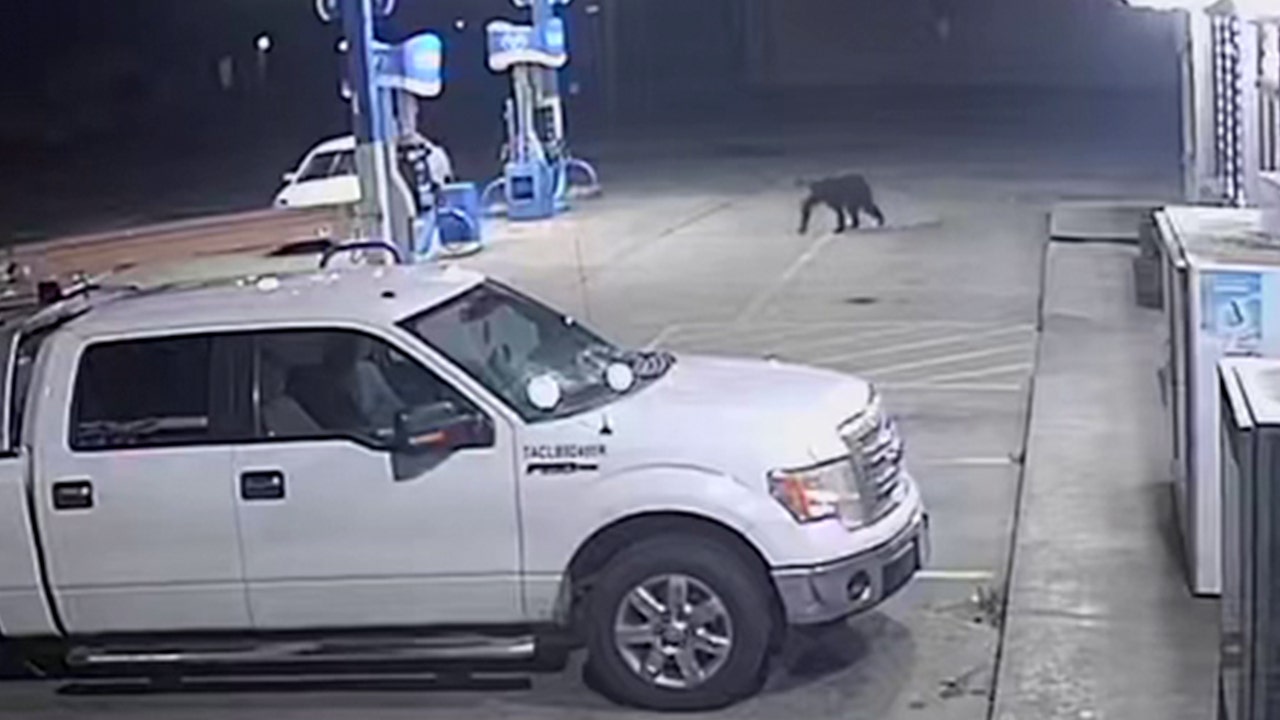
 Texas1 week ago
Texas1 week agoBlack bear spotted at North Texas gas station
-
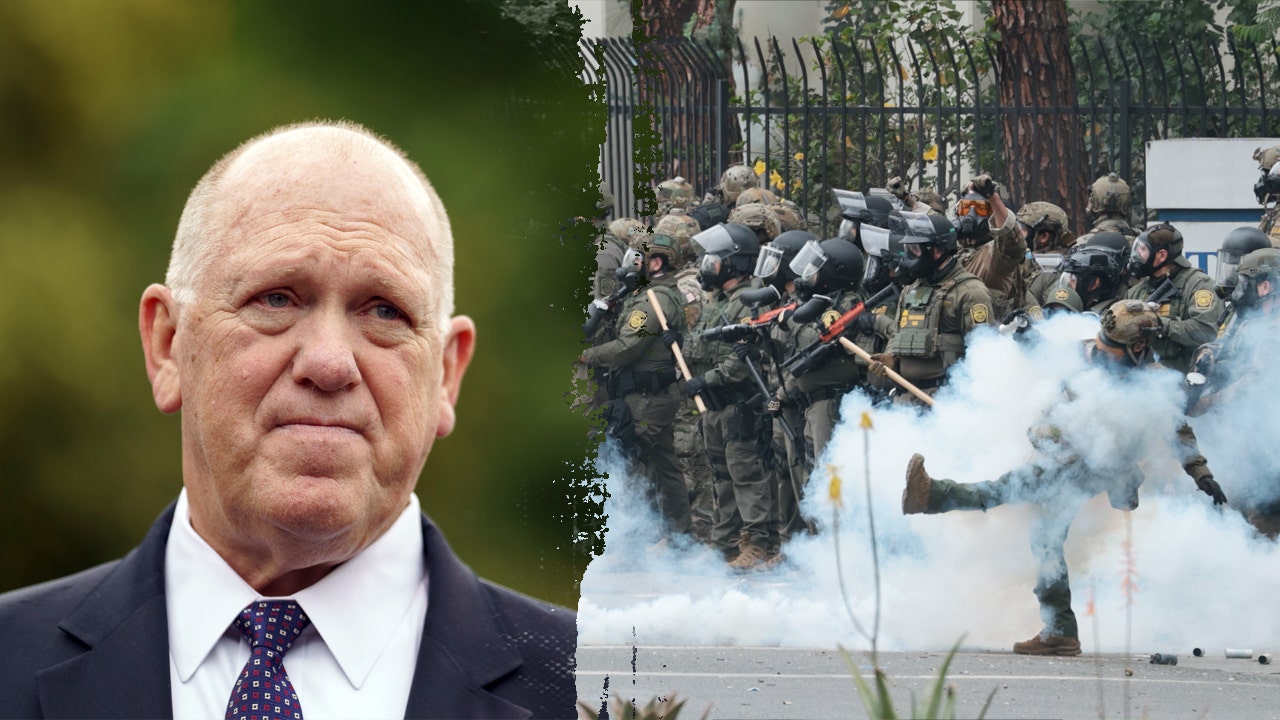
 Politics1 week ago
Politics1 week agoNational Guard to be deployed in Los Angeles County as anti-ICE protests rage: border czar Tom Homan
